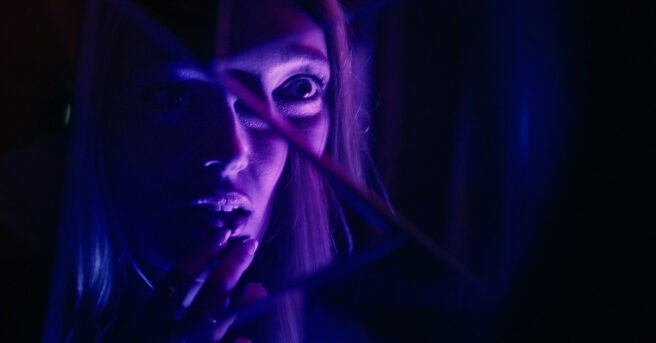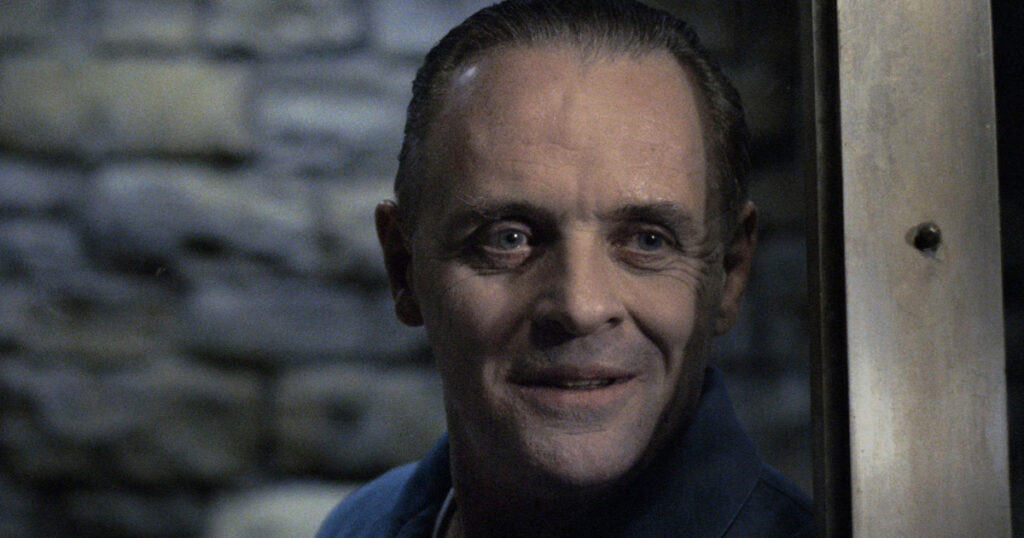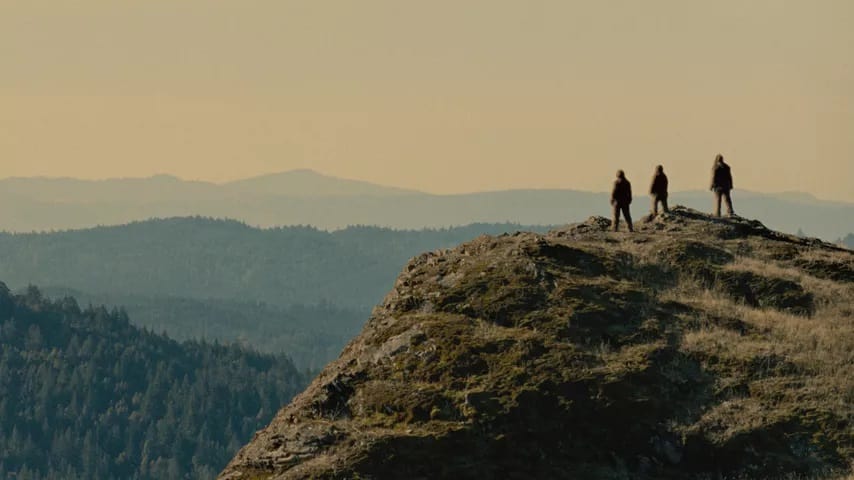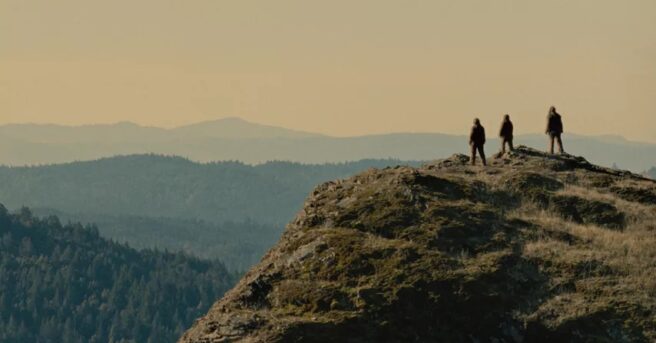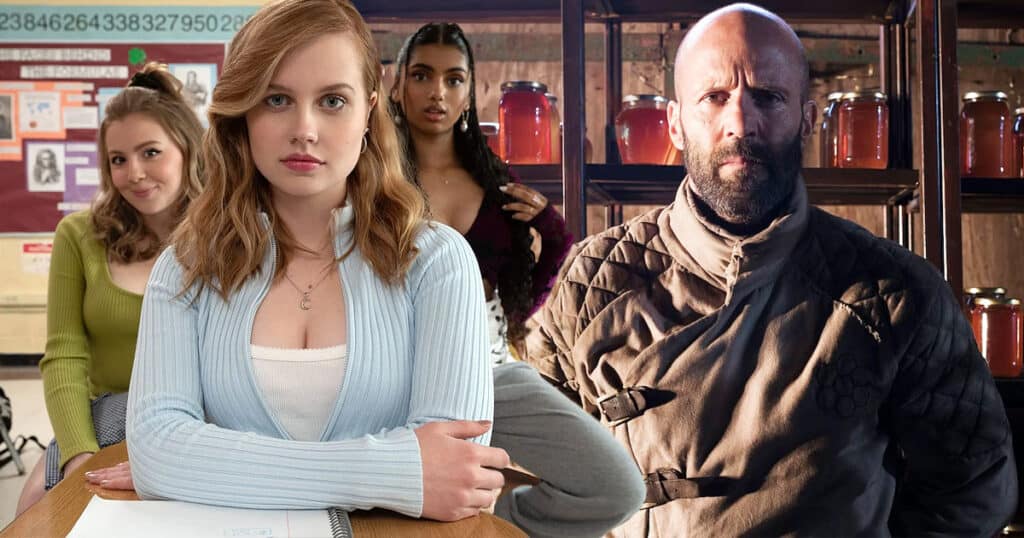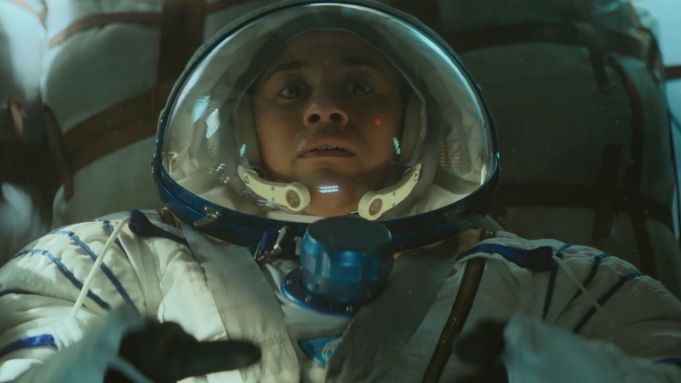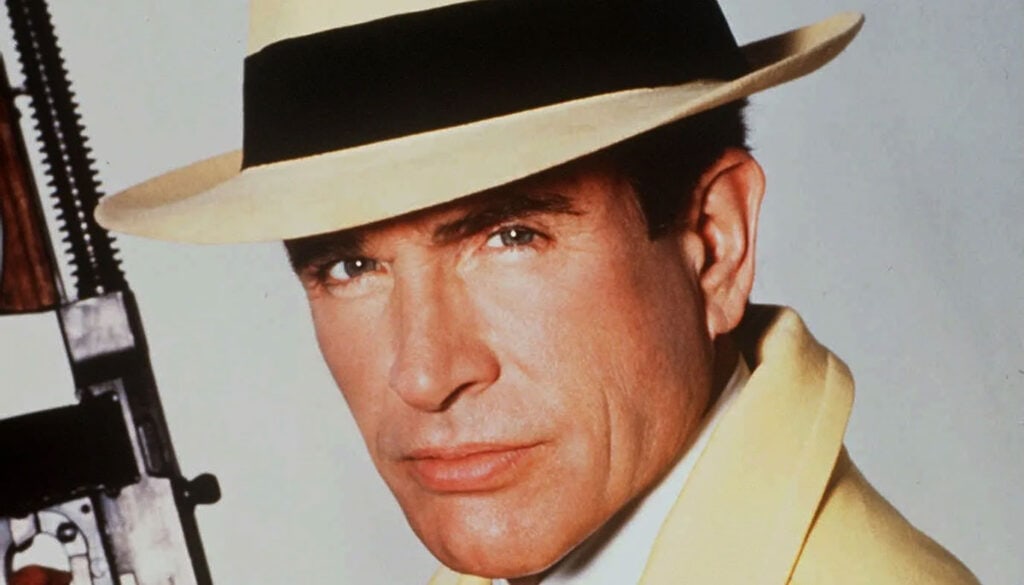
For us 90s kids, Dick Tracy was an interesting monster of a movie. It seemed to take a lot of cues from Tim Burton’s Batman, which was released the previous summer, but it definitely had a distinct voice of its own. Dick Tracy was another classic pulp adaptation of an urban enforcer that had very dynamic visuals and an over-the-top rogues gallery. It even sported a score by Danny Elfman, which would have his signature atmospheric sound. The movie would introduce a generation of young audiences to the 1930’s film noir/ detective movie genre. Additionally, the movie brought back Warren Beatty after a three-year absence when his last film, 1987’s Ishtar, was a big flop. Having a star like Beatty in a big-budget franchise like this was an enormous asset for the re-budding intellectual property. And the star power wouldn’t even stop there.
Grab your Tommy guns. It’s Dick Tracy on this episode of Revisited.
The big-budget adaptation of the Chester Gould comic strip that originated in the 30s actually started life as a John Landis movie. Landis sought a meeting in the early 80s with writers Jim Cash and Jack Epps Jr., the duo who would eventually pen movies like Top Gun, Legal Eagles, The Secret of My Success, and Turner & Hooch. Landis liked an early script they wrote called Whereabouts and enlisted the two to come up with a Dick Tracy for a new generation.
Before then, Tracy was a film serial in the 30s and 40s. They adapted the character into a cartoon in the 60s with The Dick Tracy Show, where, for some reason, Tracy delegated his detective work to a cast of new police characters, some of which have aged very poorly. Then, the property tried to follow in Batman’s footsteps in 1967, when William Dozier, producer of Adam West’s Batman TV series, tried to recapture that success with a similar show for Tracy. The theme song is not quite as catchy.

Landis’ attachment to the project would end when he faced legal trouble for the unfortunate accident that had befallen his segment in Twilight Zone: The Movie. Then, 48 Hrs. director Walter Hill would step in to be the helm the project. Hill actually met with Beatty to discuss working on the film, but the two clashed when Beatty wanted slightly more control than Hill was willing to give him. When both men fell out with each other, the project was dropped by its former studio, Paramount. However, Beatty would end up buying the rights to the Dick Tracy property entirely. He would take the rights over to Disney and decided it would be easier to direct it himself rather than trying to find someone else.
Beatty is synonymous with prohibition-era crime thanks to his role in the acclaimed Bonnie and Clyde, so his putting on the fedora and wielding a Tommy gun as the lead was an exciting aspect. This project became filled to the brim with notable names. Aside from Beatty, you have Al Pacino, Paul Sorvino, Dustin Hoffman, James Caan, Dick Van Dyke, Mandy Patinkin, Henry Silva, William Forsythe, and of course, Madonna. You even have blink, and you’ll miss it appearances by Kathy Bates and Catherine O’Hara.
The fun of the Dick Tracy comic strips is how it took the popular tradition of gangsters adopting monikers, such as famous ones like “Scarface,” ”Pretty Boy,” “Baby face,” “The Owl,” “Mugsy” etc., except, in the Dick Tracy comic, their names would also serve as their literal physical description. So, you get villains like Flattop, Pruneface, The Brow, Mumbles, and Little Face.
While Beatty got to keep his handsome mug for Tracy’s appearance, make-up artists John Caglione Jr. and Doug Drexler hit the mother load of bringing these caricature drawings to life and amazingly remained faithful to the comics. It’s pretty incredible that the movie assembled a huge cast of name actors but buried them under make-up, rendering them unrecognizable. Caglione Jr. and Drexler would do an outstanding job taking some of the most exaggerated characteristics and making them look like they could exist in a live-action world.
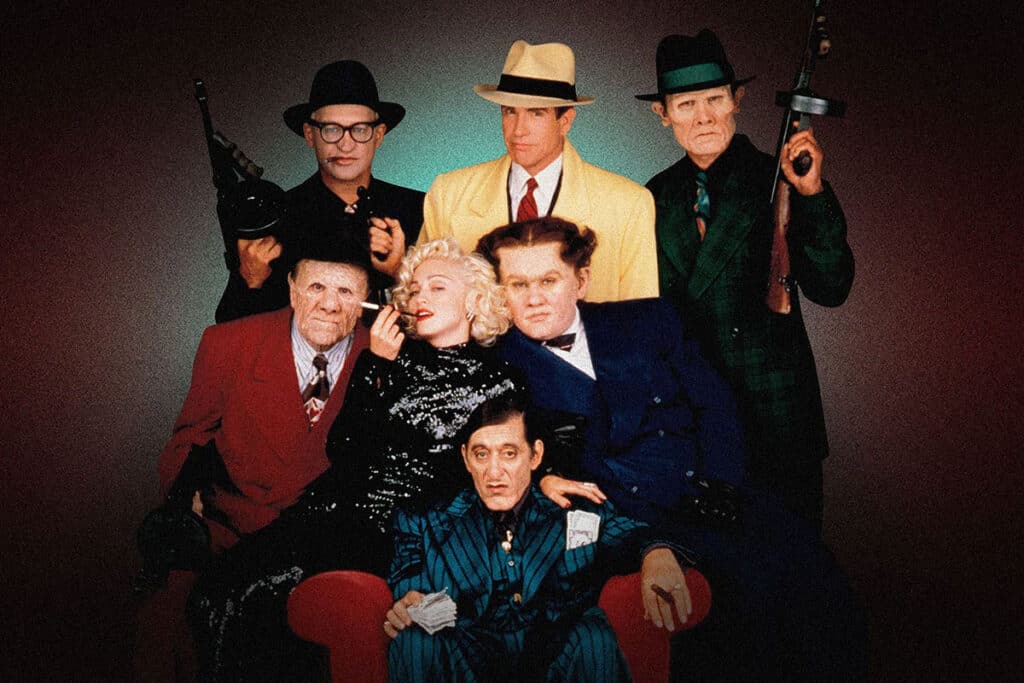
The population of characters may look like they walked straight out of the comics, but Beatty’s hiring of Richard Sylbert really brought out a unique look to the world. As with Batman’s Gotham City, Dick Tracy’s City, which had gone unnamed, has a distinctly comic look. Every shot is very dreamlike. The film combined real elements with paintings to give us a hyper-realistic version of a Chicago-type metropolis. The paintings used are true works of art as you can take any frame and hang it up on a wall. Sylbert would ingeniously stay true to the original comic by emphasizing only 6 main colors for the compositions – black, white, red, green, blue, and yellow. While the vibrancy of these designs can look cartoony, they all work together since there’s no real-world juxtaposition, and it stays grounded enough to where it doesn’t look like a Sin City or Toon Town from Roger Rabbit.
The plot for Dick Tracy is surprisingly basic. Especially when you become more aware of 30s and 40s gangster movie tropes. You’ve got the straight-laced, long arm of the law with Tracy. The big criminal in charge chews scenery like a buffet with Big Boy Caprice. The sultry lounge singer who goes after the man she wants, with the impeccably named Breathless Mahoney. Big Boy makes a power play to take over the Club Ritz and kidnaps the owner, Lips Manlis, in order to do it, so he makes him sign the deed over to him, kills him, and takes his girl. Did I mention this is a Disney movie?
The story is a chess game as Tracy becomes obsessed with taking down Big Boy after he moves in on Lips Manlis’ territory and unites the city’s crime syndicates. Meanwhile, in Tracy’s personal life, he’s got a great dame in Tess Trueheart, played by Glenne Headly from Dirty Rotten Scoundrels. She’s the lady in his life that he’s getting serious about, but can’t quite muster up enough confidence to propose to her yet. While he loves her, his work always gets in the way of spending time with her as Big Boy and his cronies run rampant in the city.
If the romantic tension between Tracy and Tess wasn’t enough, they happened upon a homeless boy whom both had taken temporary custody of. The nameless boy known only as Kid is played by Charlie Korsmo, who will be seen throughout the 90s in movies like Hook, What About Bob? And Can’t Hardly Wait. Get ready to feel hungry during the montage of him catching up on some meals.
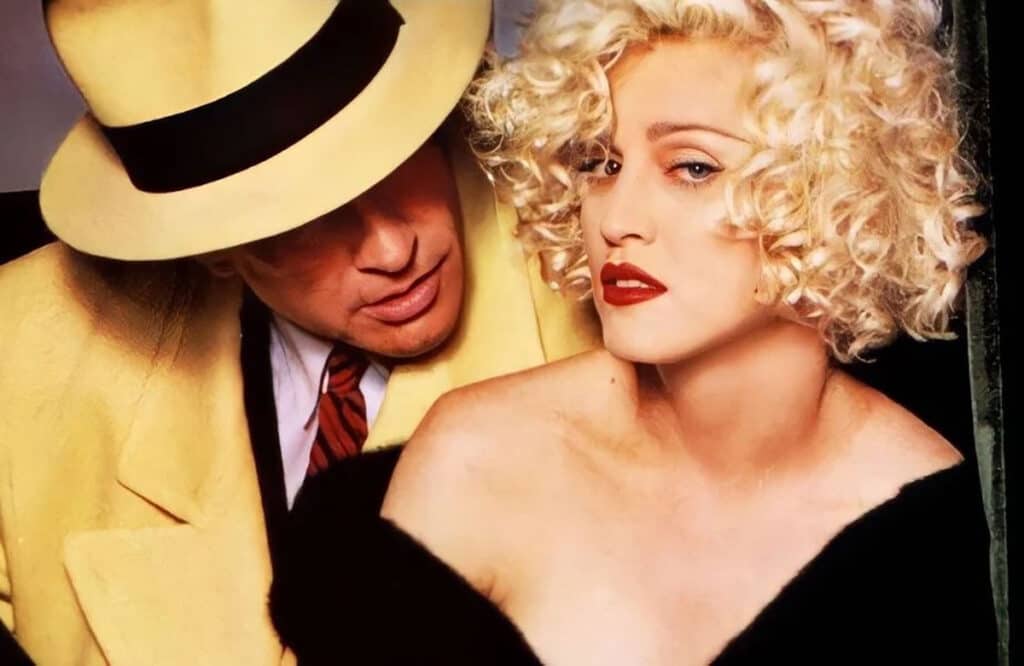
And if the forced family tension wasn’t enough for Tracy, Tess, and the Kid, Tracy is faced with good ol’ fashioned temptation when Madonna works her seductive magic all over Warren Beatty’s face whenever she gets the chance. Madonna was at the height of her powers at the time she co-starred in this movie. In fact, she used her Blonde Ambition Tour as a way of promoting the film. Her scenes with Beatty definitely help pushed limits to where Disney felt the need to release this under their Touchstone Pictures banner rather than under the true Walt Disney Pictures banner. Additionally, if you have Madonna in your movie and going for commercial appeal, you gotta have her sing some songs. The film’s music department had the strength of musical legend Stephen Sondheim writing Madonna’s swinging songs and ballads. He even earned an Oscar nomination for the original song “Sooner or Later.”
As Beatty slips into the Elliot Ness-type role so well, Al Pacino would also play the gangster kingpin, Big Boy Caprice, with great ease. Pacino recently bounced back into popularity with the erotic thriller Sea of Love after much of his 80s releases, including Scarface, underperformed at the box office. Pacino rallied his comeback with Dick Tracy, then later the same year, he would return to his most famous role as Michael Corleone in The Godfather Part III. Of the two releases in 1990, Pacino would actually be nominated for an Oscar for his role in Dick Tracy! Dick. Tracy.
Before Pacino went on to seal his signature manic style after Scent of a Woman, Heat and The Devil’s Advocate, Al made a three-course meal of every moment in Dick Tracy. There is seldom a scene where he isn’t yelling. Al may have become famous for his over-the-top intensity, but at this point, it would only break out every now and then. He’s turned up to 11 throughout his entire time in this movie, and his personality is as exaggerated as his make-up. And Big Boy, for how confident and aggressive he is, Pacino hilariously plays him as a kind of simple-minded character whose emotions are all over the place.
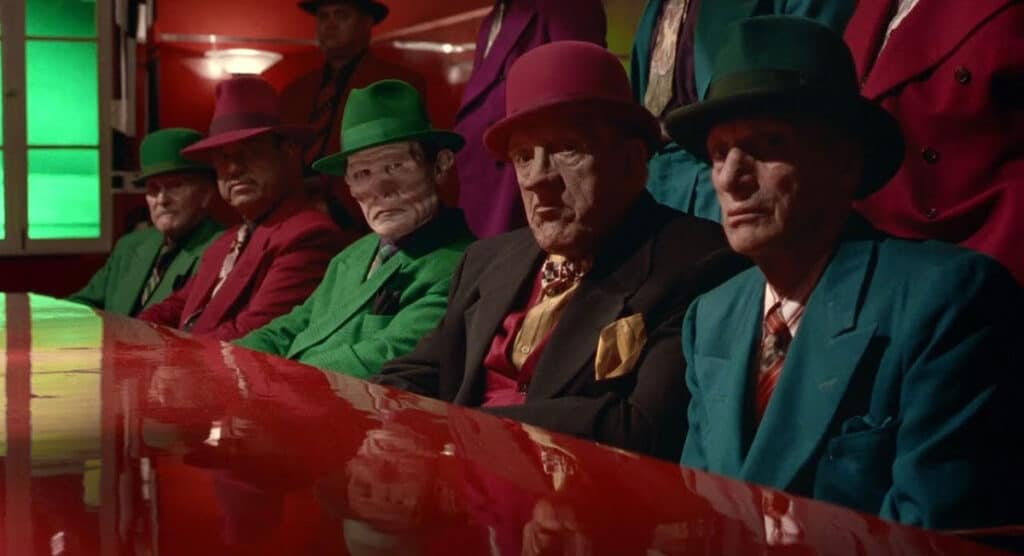
The action in Dick Tracy is a mixed bag of cartoony action and some surprisingly edgy gunfights. There aren’t necessarily any big adventure set pieces, but we get spurts of action integrated into the crime story. The coolest sequence comes at the end when a New Year’s party at the Club Ritz is interrupted when the police surround the place, and all of Big Boy’s men attempt to make a run when they escape through a hornets’ nest of cops. The whole sequence is set to a soundtrack of automatic gunfire. The shower of bullets can easily be compared to Beatty’s famous demise in Bonnie and Clyde. This is definitely a scene that was too much for Disney to release under their normal banner.
Despite its relative disappearance into obscurity nowadays, Dick Tracy was actually a huge hit. The movie grossed $162 million worldwide on a $47 million dollar budget. For 1990, that’s quite the blockbuster. Still, unfortunately, Disney wanted to chase the kind of numbers that Tim Burton’s Batman brought in a year before – which totaled $411 million, plus much more in merchandising since it was a huge pop culture staple. While Dick Tracy was the ninth-highest-grossing film of 1990, Disney decided not to pursue a sequel since it couldn’t match up to Batman.
Warren Beatty retains the rights to the property to this day, and while he had somewhat retired from acting, he hasn’t signed off on any sequel or reboot of any kind. The only time he’s followed up with the franchise was when he would make appearances in character when meeting with movie critic Leonard Maltin for an interview on Turner Classic Movies. Early in 2023, Beatty appeared again on TCM for a Leonard Maltin interview, except this time, he appeared via Zoom as both Dick Tracy and himself. The special event featured Tracy speaking to Beatty in a fourth-wall-breaking conversation where Tracy got to confront Beatty about his portrayal of him. It’s like when Sylvester Stallone finally got to meet Rocky.
It’s safe to say that Dick Tracy has a lot of fans out there. It’s not quite a cult following since the movie was such a success, but the vocal supporters are dedicated to ensuring it doesn’t go overlooked or forgotten. Now seems like an ideal time to strike for some sort of resurgence, but even if it doesn’t, this movie is still an entertaining exploration of the property. Unfortunately, Disney hasn’t added it to Disney+ as of now, but thankfully, the movie isn’t a lost film either.
The post Dick Tracy: Why Doesn’t Disney Give This Classic the Love It Deserves? appeared first on JoBlo.


